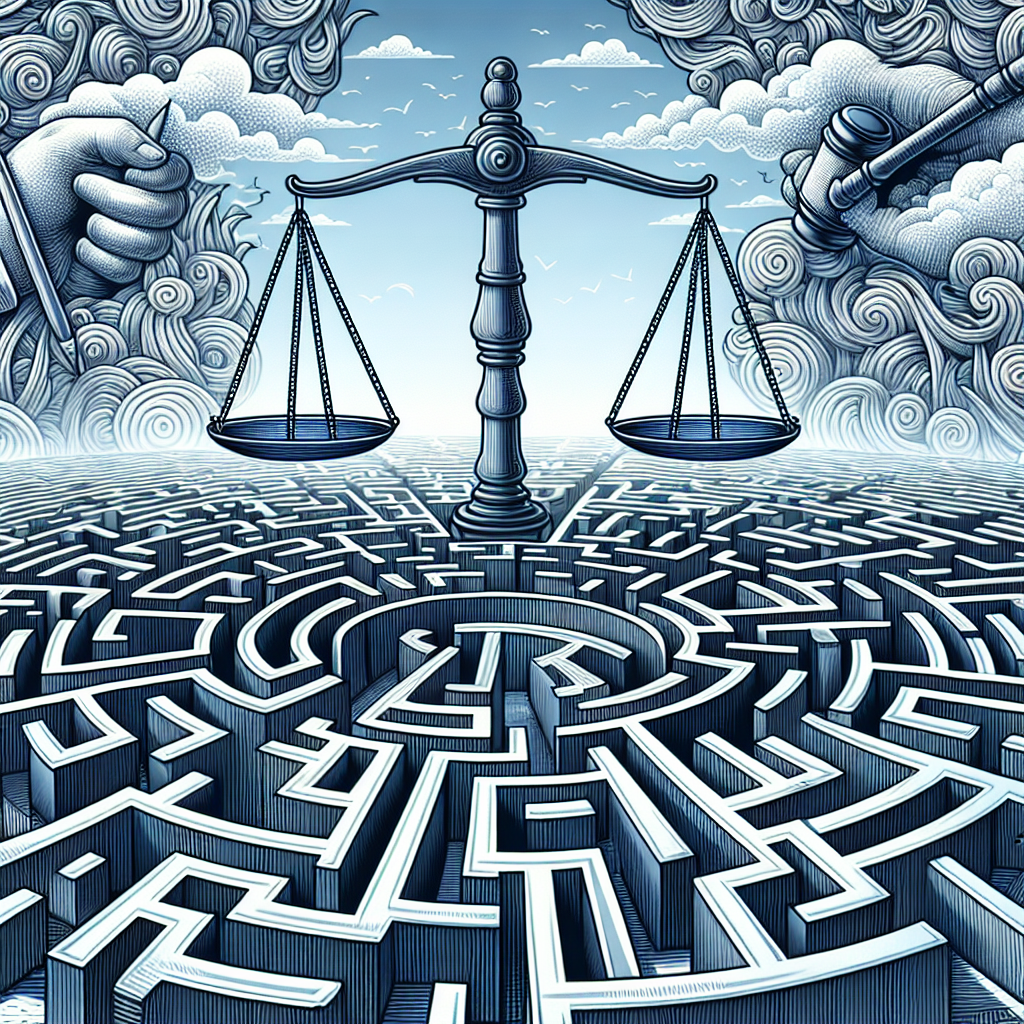undefined
Understanding Personal Injury Claims
Personal injury claims are a form of legal dispute that arises when an individual suffers harm due to the negligence or wrongful conduct of another party. These claims can be complex, and understanding them before you embark on filing one is essential.
Defining Personal Injury
Personal injury refers to physical, mental or emotional harm caused to a person. This may include everything from minor injuries such as scrapes and bruises, to serious conditions like broken bones, brain injuries, or even death. It also encompasses non-physical harm such as emotional distress, loss of consortium (relationship) or defamation.
Understanding Liability in Personal Injury Claims
In a personal injury claim, it’s necessary to prove that your injuries were a result of another party’s negligence or intentional wrongdoing. Negligence is defined as a failure to use reasonable care, resulting in damage or injury to another. For instance, if a driver fails to obey traffic laws and causes an accident, they can be held liable for any injuries that occur.
The Role of Damages in Personal Injury Claims
Damages refer to the compensation you seek to recover in a personal injury claim. They are designed to restore the injured party to the condition they were in before the incident. There are various types of damages, including compensatory damages meant to reimburse for medical bills, property damage, and lost wages; and non-economic damages for pain and suffering, emotional distress, and loss of enjoyment of life.
Remember, every case is unique, and the process can vary greatly depending on the circumstances. Therefore, it’s crucial to consult with a skilled personal injury lawyer who can guide you through the process and help you understand your rights and options.



